For Sale: Relics From a Circus Musician’s Life on the Road
Outside the big top, this artist did a lot of sightseeing.

As the 19th century melted into the 20th, a young man named Frank Crowe worked his way across America and Europe, playing music for the circus.
The roving musician chronicled his travels, often by pasting his transportation tickets into a huge, handsome folio. That’s how we know, for instance, that Barnum and Bailey secured him passage from Dunkirk to New York on the SS Minneapolis. That same volume also holds some 2,500 postcards that suggest, wherever the caravan stopped, Crowe stole away from the Big Top to see the sights.
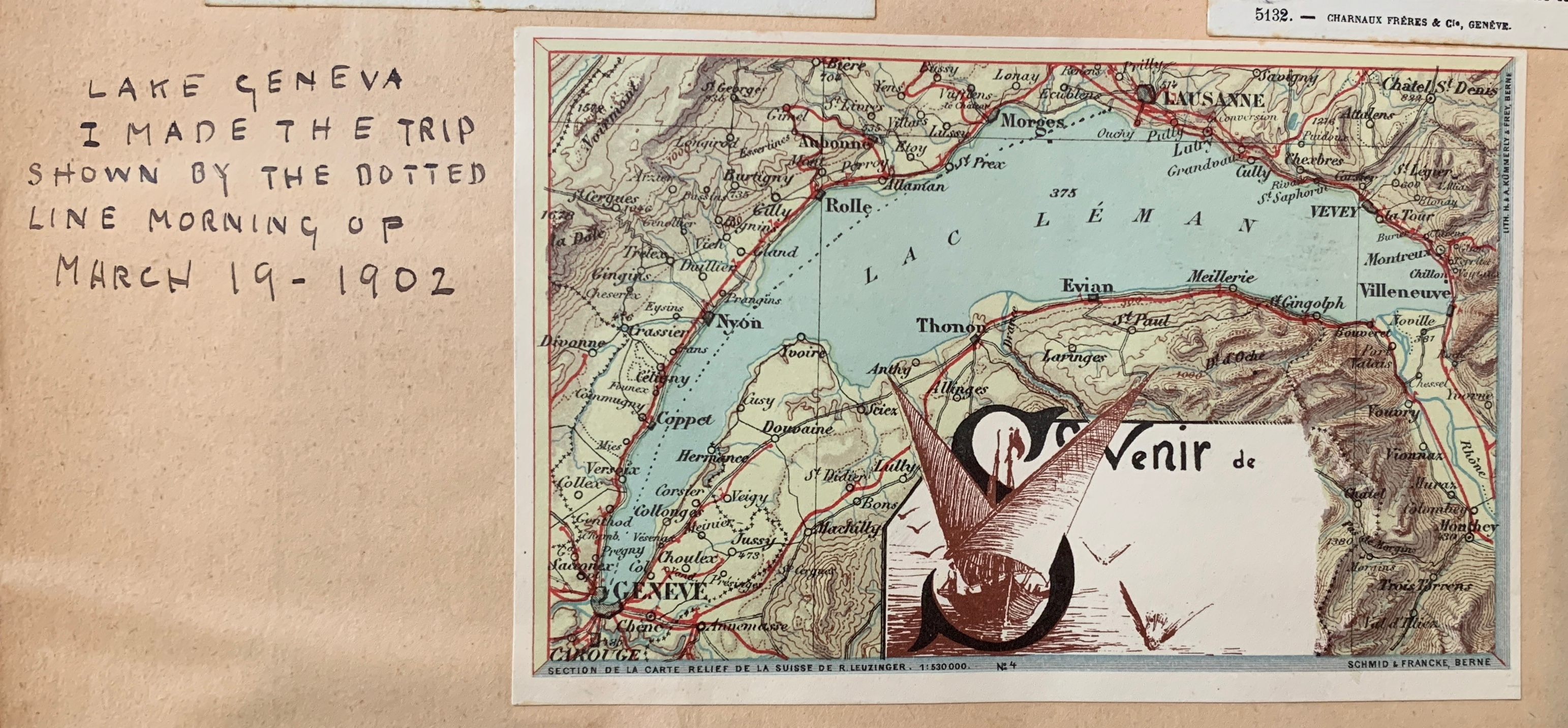
We don’t know much about Crowe’s life in the tent, but his sprawling collection reveals what he got up to in his off-hours in Germany, Belgium, Holland, Texas, Arizona, and many more locales. Some captions read like entries in a journal about a whimsically itinerant life. How did he spend the morning of March 19, 1902? Look to the postcard of Lake Geneva, where, he wrote, “I made the trip shown by the dotted line.”
Other postcards are speckled with historical tidbits he picked up along the way. On a page devoted to Northern Catalonia, he scribbled notes about local attractions. Sandwiched between images of people drinking from a porron, tipping a stream of red wine into their mouths from the spout’s great heights, is a note about the ancient thermal baths of Amélie-les-Bains-Palada. There, he wrote, the waters neared 145 degrees Fahrenheit (and still do).
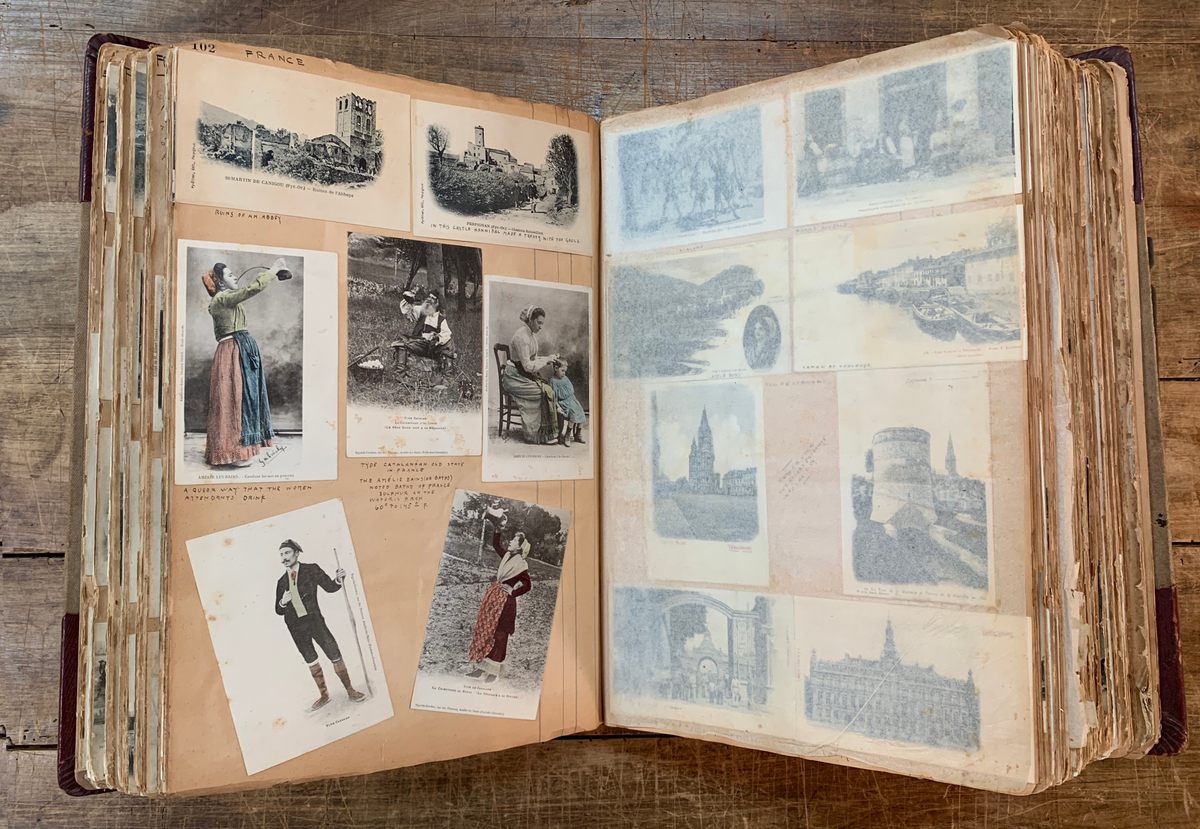
Some of the postcards depicting locals in “traditional” costume topple into the sort of queasy, pseudo-anthropology that doesn’t sit well today. Still, there are historical nuggets to be gleaned from Crowe’s scrapbook. A page devoted to his rambles through Hungary juxtaposes two views of the same city, hundreds of years apart. In 1601, the city of Székesfehérvár appears as a cluster of spindly spires (that year, the army of the Holy Roman Emperor wrested short-lived control of the city from the Ottoman Empire, which would ultimately retain it for decades more). The more recent postcard shows a handsome, tree-lined boulevard.
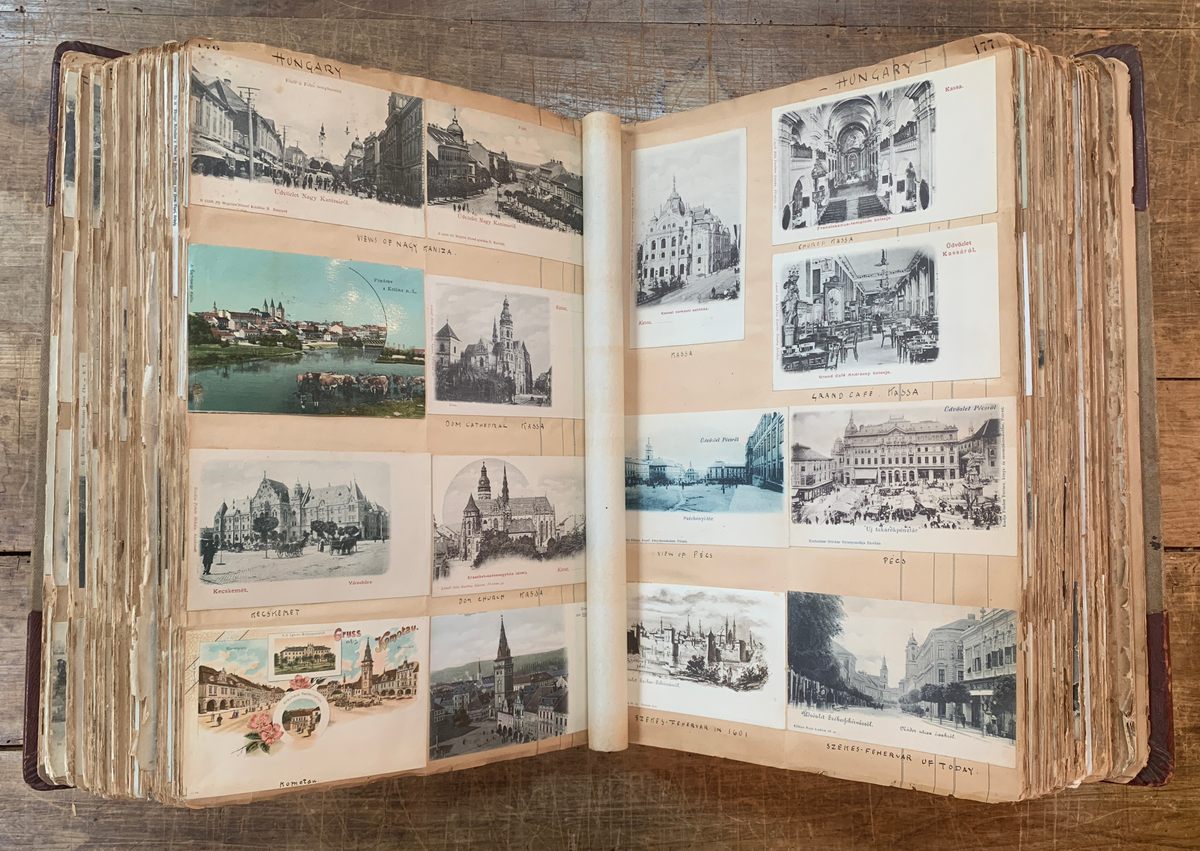
Beyond those before-and-afters, the album also scratches the wanderlust itch. This week, it’s up for grabs at Swann Auction Galleries, where dealers expect it to fetch upwards of $1,000—a whole lot cheaper than an around-the-world airfare.


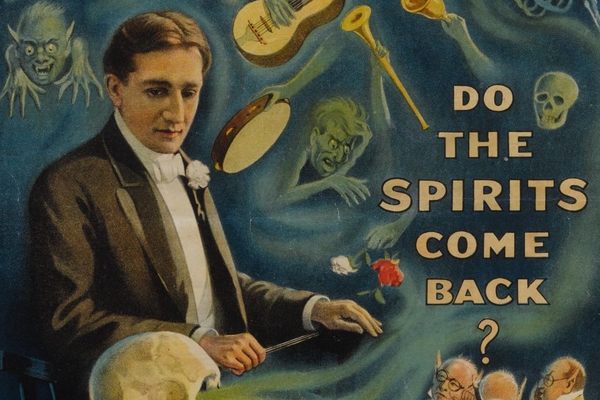

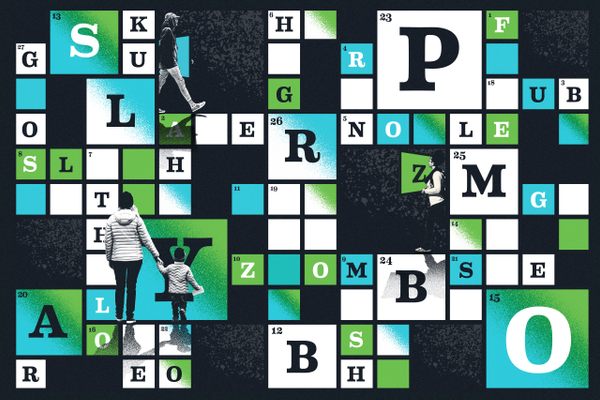






Follow us on Twitter to get the latest on the world's hidden wonders.
Like us on Facebook to get the latest on the world's hidden wonders.
Follow us on Twitter Like us on Facebook